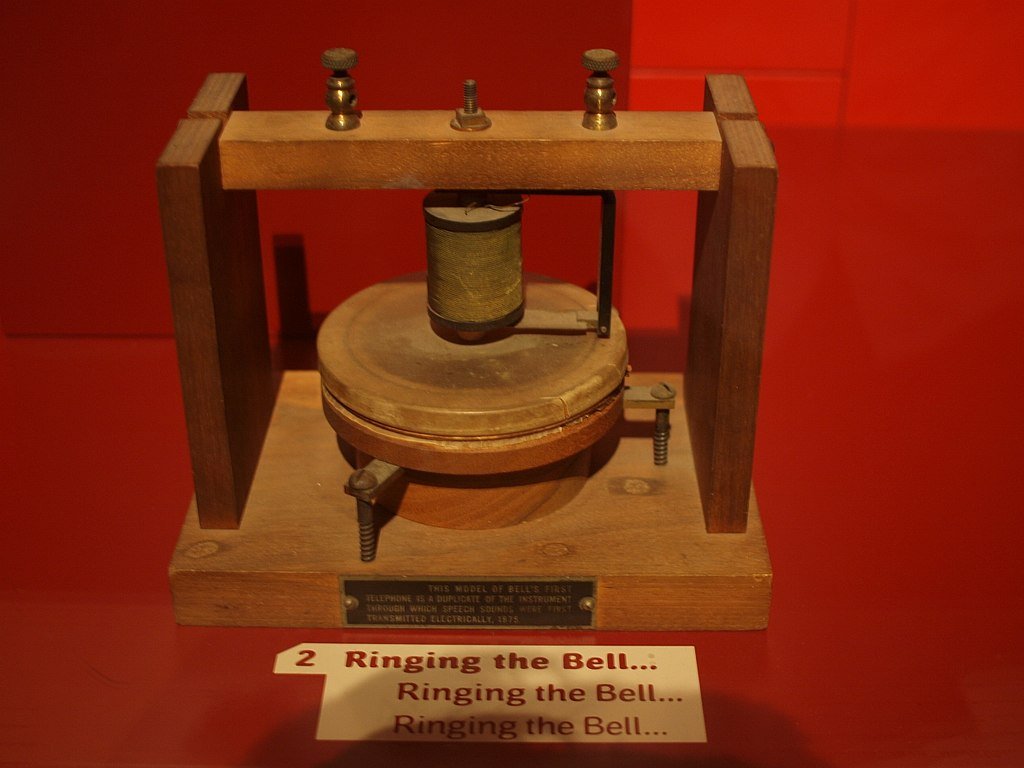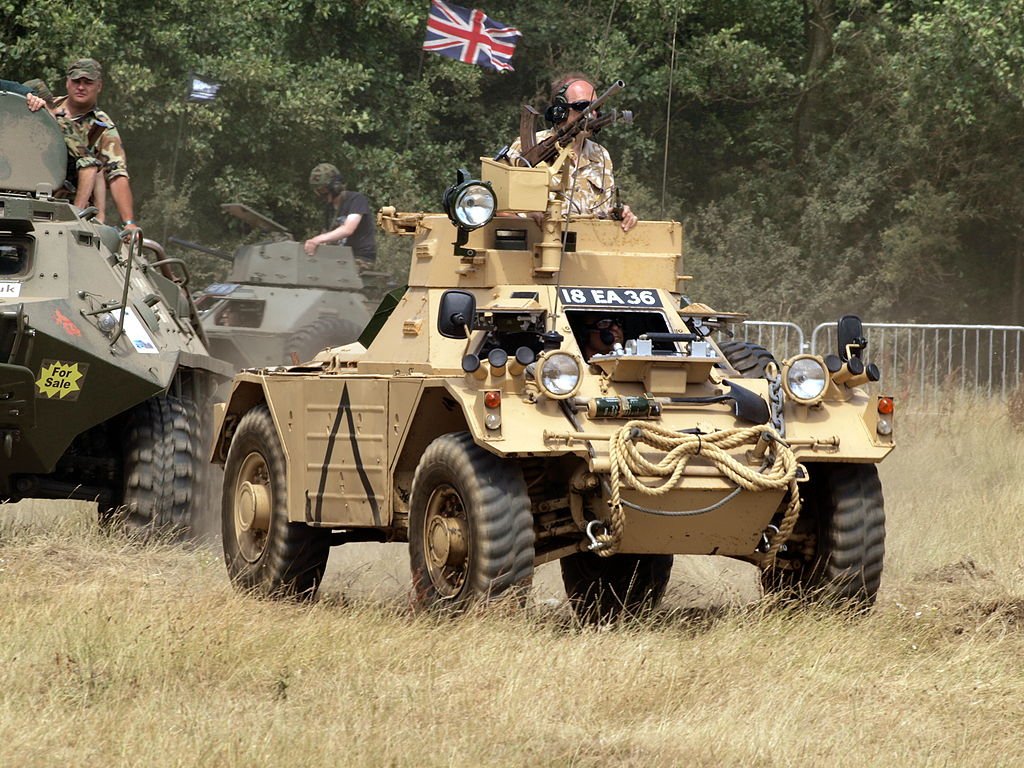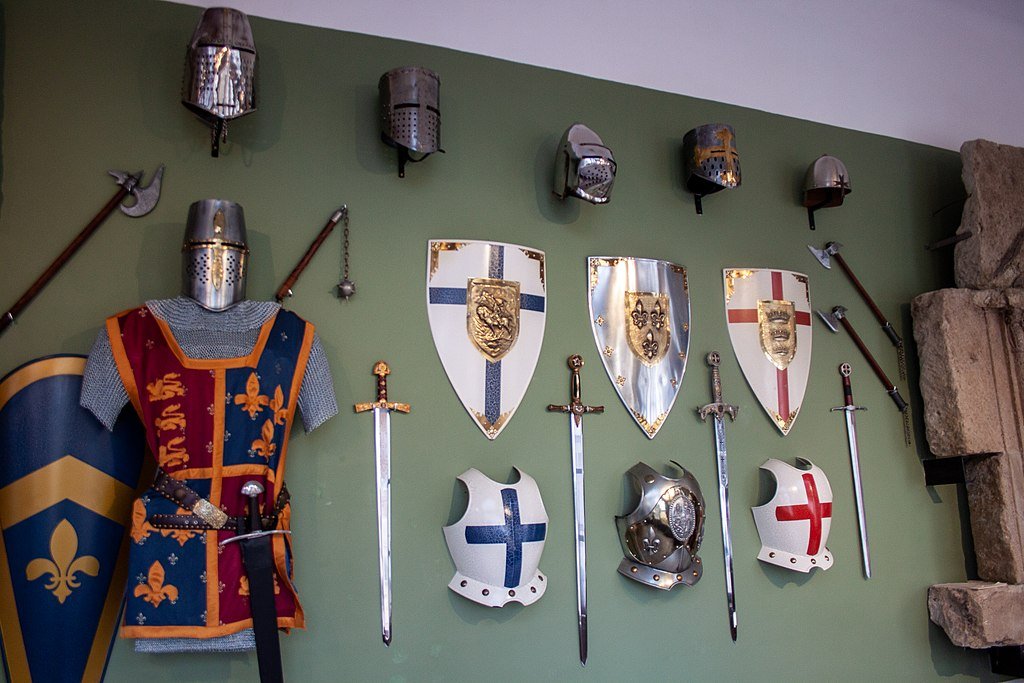In the annals of history, Ancient Greece stands as a testament to innovation, intellectual prowess, and military strategy. Among the various facets of this ancient civilization, its art of siege warfare remains a compelling testament to the tactical acumen and technological ingenuity of the time. The realm of Ancient Greek warfare encompassed an array of sophisticated siege weapons and strategies that played pivotal roles in the outcomes of conflicts and the reshaping of empires.
Siege warfare in Ancient Greece was a defining feature of disputes, where the use of advanced weaponry and strategic maneuvers determined the fate of cities and civilizations. Employing an assortment of ingenious devices, the Greeks were adept at both defending their cities and laying siege to enemy strongholds.
The arsenal of Ancient Greek siege weapons comprised a diverse array of machinery and implements. From the formidable battering ram used to breach imposing city walls to the precision-engineered catapults and ballistae capable of hurling projectiles with deadly accuracy, these tools were instrumental in sieges. Greek fire, a fearsome incendiary substance, added a devastating dimension to the warfare, wreaking havoc upon fortifications and instilling terror in defenders.
Furthermore, the strategic brilliance of Ancient Greek warfare lay in the intricate tactics employed during sieges. The art of mining, where tunnels were dug to undermine enemy walls, and the use of mobile siege towers allowed attackers to gain strategic vantage points for assault. Meanwhile, defenders utilized their ingenuity, reinforcing fortifications and employing countermeasures to repel assailants.
The prowess displayed in the utilization of these ancient Greek weapons during sieges not only illustrates the sophistication of their craftsmanship but also underscores the strategic intellect and resourcefulness of the ancient Hellenic world. Delving into the intricacies of these ancient siege weapons and tactics offers a profound insight into the military brilliance that characterized Ancient Greece’s rich and storied history.
Table of Contents
What weapons were used in the Greek War?
The Greek War, often referred to as the Greco-Persian Wars (499–449 BC), saw a diverse array of weaponry wielded by both Greek and Persian forces. Greek soldiers, known as hoplites, were equipped with the iconic hoplon shield, a long spear called a dory, and a short sword known as a xiphos. Their most distinctive armor was the bronze breastplate or cuirass, protecting them in battle. Additionally, the Greeks employed the phalanx formation, a tightly packed formation where soldiers overlapped their shields and advanced together, proving effective against enemy forces.
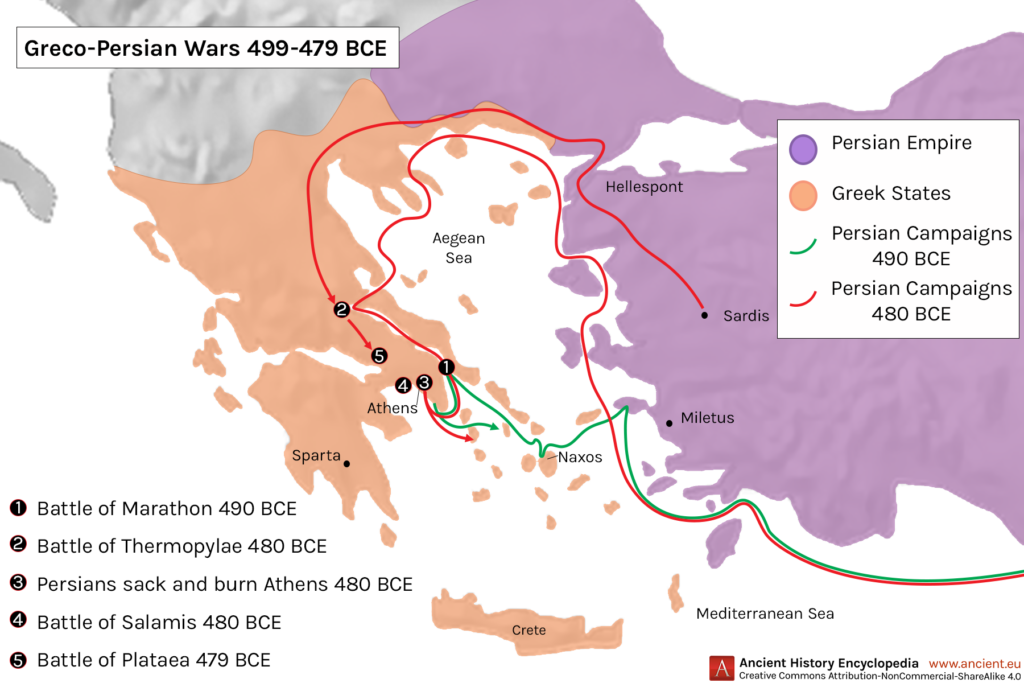
The Persians, on the other hand, had their arsenal of weaponry. Archers played a crucial role, utilizing composite bows made from wood, horn, and sinew. They also had a variety of infantry armed with spears, swords, and sometimes bows. Persian forces also used cavalry as a formidable component of their army, relying on their speed and maneuverability to gain advantages on the battlefield.
Naval warfare was pivotal in the Greek War. Triremes, Greek warships propelled by three banks of oars, were instrumental in battles such as the Battle of Salamis. These ships were equipped with a battering ram at the prow, enabling them to ram into enemy vessels during naval engagements.
The Greco-Persian Wars showcased a blend of traditional weaponry, tactical formations, and naval innovation, illustrating the diverse and evolving nature of warfare in ancient times.
What siege weapons did the Greeks use?
The Ancient Greeks employed various siege weapons during warfare, showcasing their innovative approach to besieging fortified cities or enemy strongholds. Among these siege weapons were:
Battering Rams
Greeks utilized large, heavy beams with metal heads to repeatedly strike against gates or walls, aiming to breach fortifications by sheer force.
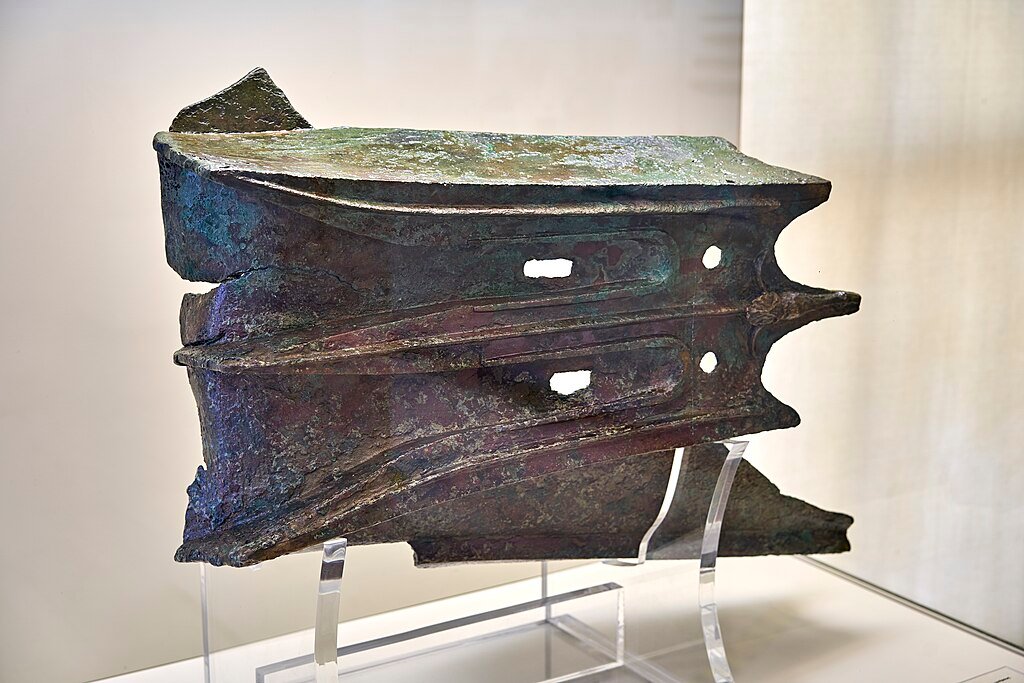
Catapults and Ballistae
These ranged siege engines were pivotal in hurling projectiles—rocks, stones, or other incendiary devices—toward enemy walls or defenders, causing damage and chaos within the fortified area.
Trebuchets
More advanced than catapults, trebuchets were capable of launching heavier projectiles over longer distances, exerting immense force upon fortified walls or structures.
Siege Towers
Tall, mobile wooden structures allowed soldiers to ascend to the height of fortifications, granting them access to engage in close combat or scale walls during assaults.
Mining and Undermining Tools
Greeks employed miners to dig tunnels beneath walls, attempting to weaken or collapse fortifications from below. Defenders also used counter-mining techniques to intercept enemy tunnels.
Greek Fire
This flammable substance was deployed via flamethrowers or thrown in pots, setting structures ablaze and instigating chaos among defenders.
The Greek use of these siege weapons demonstrated a blend of technological prowess and strategic innovation, aiming to breach or overcome enemy defenses during sieges and conquests throughout their history.
What weapons were used in a siege in Ancient Greece?
In Ancient Greece, sieges involved various weapons and tactics used by both attackers and defenders. Some common weapons utilized during sieges in Ancient Greece included:
Battering Rams
In ancient warfare, large wooden beams or metal-tipped structures served as formidable tools known as battering rams, instrumental in breaching fortified gates or walls. These siege engines were pivotal during sieges, where attackers aimed to infiltrate and conquer fortified cities or strongholds. Consisting of a massive horizontal beam often constructed from sturdy timber and reinforced with metal at its tip, battering rams were strategically employed to inflict blunt force upon gates or walls.
The operation of a battering ram involved a group of soldiers maneuvering the ram, sometimes adorned with protective coverings or suspended from a framework, to strike against the targeted barrier repeatedly. The rhythmic pounding exerted immense pressure on the fortified entrance, gradually weakening its structural integrity. These rams were often operated under the protection of a movable shed or other protective structures, shielding the soldiers from retaliatory attacks by defenders positioned atop the walls.
Whether targeting wooden gates or stone walls, battering rams were an essential component of siege warfare, embodying the relentless determination of attackers to breach formidable defenses. Their strategic usage demanded coordination, strength, and perseverance, reflecting the significance of these siege engines in the context of ancient warfare and the relentless efforts exerted to overcome fortified obstacles during sieges.
Siege Towers
In the realm of ancient warfare, the ingenious development of siege engines played a pivotal role in breaching the formidable defenses of cities or fortresses. One such formidable contraption was the siege tower—a towering wooden structure mounted on wheels, engineered to advance towards enemy walls. These towering mobile platforms were instrumental in facilitating direct assaults on fortified positions during sieges in Ancient Greece.
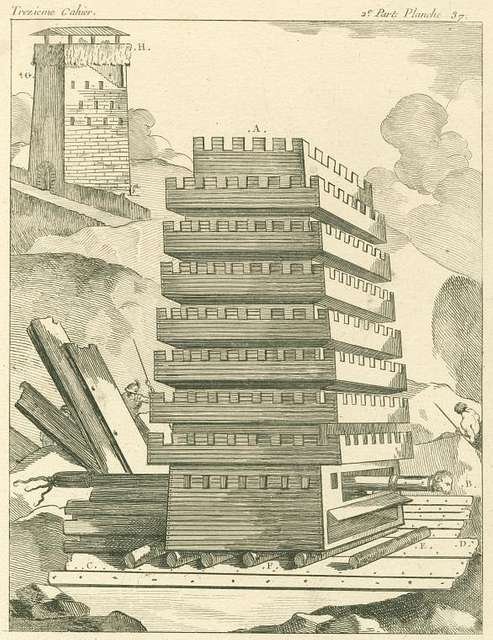
The siege tower’s design incorporated strategic elements, allowing attackers to bridge the height difference between their ground positions and the towering walls. Often towering several stories high, these structures provided a platform for soldiers to mount and launch their assault from an elevated position. By wheeling the siege tower closer to the enemy fortifications, assailants gained a significant advantage, enabling them to deploy troops directly onto the walls or engage defenders in hand-to-hand combat from an elevated stance.
Moreover, siege towers weren’t merely platforms for attack but also offered protection to the assaulting forces. They provided cover to soldiers ascending the tower, shielding them from incoming projectiles or defensive measures from defenders positioned atop the walls.
The siege tower exemplified the strategic innovation of ancient warfare, enabling besiegers to surmount the daunting barriers of fortified cities and fortresses, changing the landscape of battles and sieges in Ancient Greece. Its mobility and effectiveness in breaching enemy defenses made it a formidable weapon in the arsenal of ancient siege warfare tactics.
Catapults and Ballistae
Siege engines represented a pinnacle of ancient warfare technology, serving as formidable instruments designed to breach and conquer fortified positions. These powerful machines were pivotal in altering the course of battles and sieges in Ancient Greece. Among the most prominent siege engines were catapults and ballistae.
Catapults, revered for their sheer destructive capabilities, were ingeniously crafted devices engineered to launch massive projectiles. These projectiles varied in nature, from stones and rocks to incendiary devices such as pots filled with Greek fire. The force and trajectory of these launches were calibrated with precision to inflict maximum damage upon fortifications, structures, or the defenders stationed atop city walls.
Ballistae, similar in concept to catapults, were distinguished by their ability to hurl heavy projectiles or bolts with remarkable accuracy over considerable distances. These sophisticated machines utilized torsion-based mechanisms, unleashing deadly force upon impact. Their efficacy in siege warfare lay in their ability to create chaos among defenders, demolish defensive structures, and sow terror and disarray within fortified enclaves.
The deployment of these siege engines was a testament to the advanced engineering and tactical prowess of the Ancient Greeks, showcasing their relentless quest for innovative means to overcome enemy defenses and secure victory in the tumultuous landscape of ancient warfare.
Trebuchets
Trebuchets represented an evolutionary leap in siege warfare, surpassing the capabilities of traditional catapults in terms of power, range, and destructive force. A massive throwing arm characterized these formidable war machines affixed to an axle and a sling mechanism. Unlike catapults that utilized torsion or tension-based launching systems, trebuchets operated on a counterweight principle, allowing for the propulsion of heavier projectiles over greater distances.
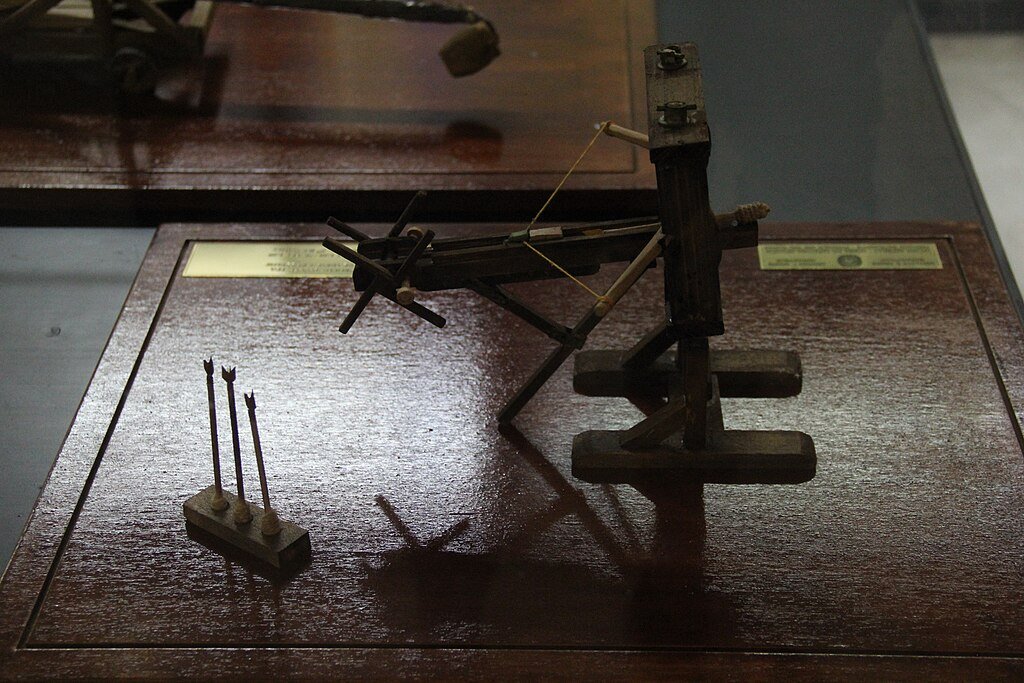
The trebuchet’s design granted it unparalleled launching power, enabling the flinging of massive stones, rocks, or even barrels filled with incendiary substances at high velocities. This devastating force inflicted severe damage upon fortifications, breaching walls, demolishing defensive structures, and instilling fear among defenders.
Moreover, the trebuchet’s efficiency lay in its adaptability and precision. Soldiers could adjust the counterweight and sling to control trajectory and distance, targeting specific sections of fortifications with accuracy. These siege engines were instrumental in sieges during ancient battles, such as those witnessed in the conflicts of the Greco-Persian Wars and later medieval warfare.
The trebuchet’s ability to launch heavier projectiles at remarkable distances revolutionized siege tactics, making it a symbol of technological advancement and strategic superiority in the realm of ancient warfare. Its sheer power and destructive capabilities significantly influenced the outcomes of battles and sieges throughout history.
Sappers and Mining
In ancient warfare, tunneling was a strategic method employed by attackers to undermine the foundations of fortified walls, weakening their structural integrity and potentially causing collapses. Attackers, often using sappers or skilled miners, dug tunnels stealthily beneath the walls, aiming to create instability and breach the defenses from below. These tunnels were typically supported by wooden structures to prevent immediate collapse, allowing attackers to approach undetected until they reached the desired proximity to the walls.
However, defenders were quick to recognize the threat posed by these subterranean assaults. Employing their own miners, defenders engaged in counter-tunneling or counter-mining activities. These defenders sought to intercept or sabotage enemy tunnels by digging their own passageways to locate and destroy the attackers’ tunnels. Sometimes, defenders would deliberately collapse their own tunnels onto the attackers’ tunnels, neutralizing the threat and preserving the integrity of their fortifications.
The process of counter-tunneling involved meticulous listening and detection techniques, relying on sound and vibration to pinpoint enemy tunneling activities. This deadly subterranean warfare became a critical aspect of siege defense strategies, showcasing the importance of not just the overt battles but also the covert, underground conflicts in ancient warfare.
Arrows, Spears, and Missiles
Archers and soldiers armed with spears played crucial roles in Ancient Greek sieges, employing ranged and close-quarter combat tactics to assail defenders and weaken opposition forces. The archers, adept in using composite bows made from wood, horn, and sinew, skillfully launched barrages of arrows towards the battlements or defensive positions of the besieged city or fortress. Their goal was to inflict casualties, create chaos, and disorient defenders, thereby destabilizing the opposing force’s morale and defensive capabilities.
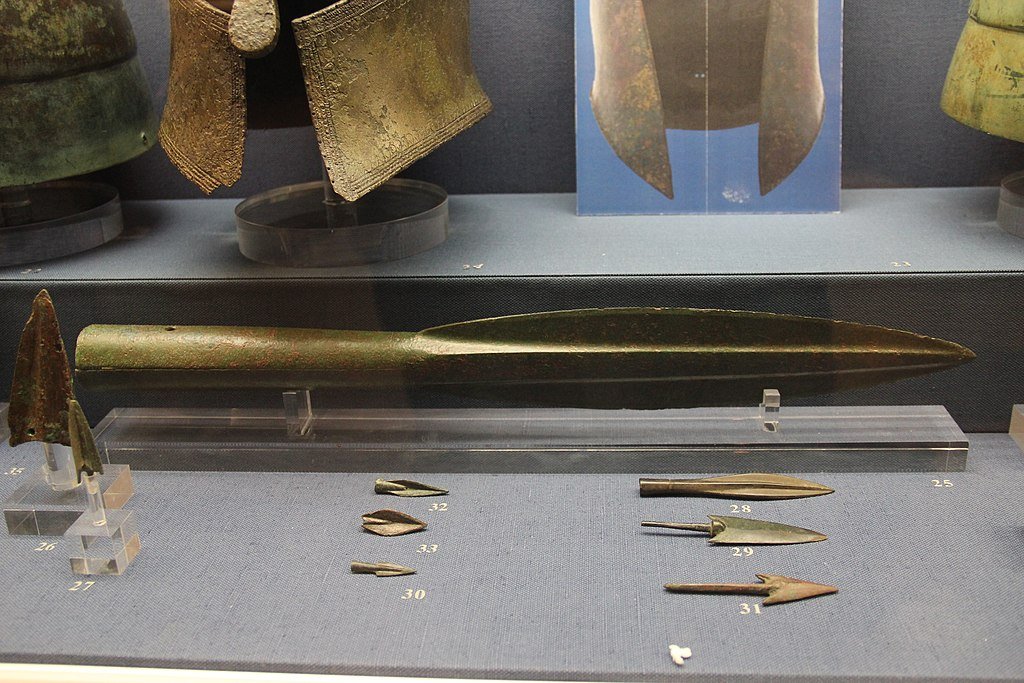
Meanwhile, soldiers armed with spears, the primary weapon of Greek infantry known as hoplites, complemented the archers by engaging in close combat. These hoplites, equipped with long spears called dory, advanced towards the walls or gates, using their spears to thrust at defenders or throw them from a distance. The objective was not only to cause harm but also to create vulnerabilities in the defensive lines, seeking opportunities to breach or weaken the fortifications.
Together, the combined assault of archers raining down arrows and spearmen thrusting and hurling their weapons aimed to create havoc among defenders, break their resolve, and pave the way for a successful siege or assault on the fortified structure in Ancient Greek warfare.
Greek Fire
Greek fire stands as one of the most enigmatic and fearsome weapons in the ancient world, renowned for its devastating and unpredictable nature. Utilized predominantly by the Byzantine Empire, this highly flammable substance was a closely guarded secret, its exact composition known only to a select few individuals. Employed during naval battles and sieges, Greek fire was a game-changer, capable of setting enemy ships or fortifications ablaze with ferocious intensity.
This incendiary substance was ingeniously deployed through various means. Hand-held flamethrowers, resembling modern-day devices, expelled streams of Greek fire toward enemy forces, causing widespread panic and destruction. Furthermore, pots or grenades filled with Greek fire were hurled at enemy ships or structures, igniting upon impact and engulfing targets in flames that were challenging to extinguish.
What made Greek fire particularly formidable was its ability to burn fiercely even on water, making it a devastating naval weapon. Its precise composition, often speculated to include quicklime, sulfur, naphtha, and other secret ingredients, ensured that attempts by adversaries to replicate it mainly were futile.
The mystery surrounding the formulation of Greek fire, combined with its destructive potential, secured its place in history as a weapon that significantly influenced the outcomes of battles and sieges in the Byzantine era, maintaining an aura of intrigue and terror for centuries.
Mantlets and Shields
Ancient Greek soldiers were renowned for their proficiency in warfare, and the use of large shields or mobile protective barriers, known as mantlets, was a cornerstone of their defensive tactics during sieges and close combat engagements. The hoplon, or hoplite shield, was an iconic piece of their armor, typically made from wood covered in bronze, measuring about 3 feet in diameter. This shield was designed not just for personal defense but also as a crucial element in the collective defense of the phalanx formation.
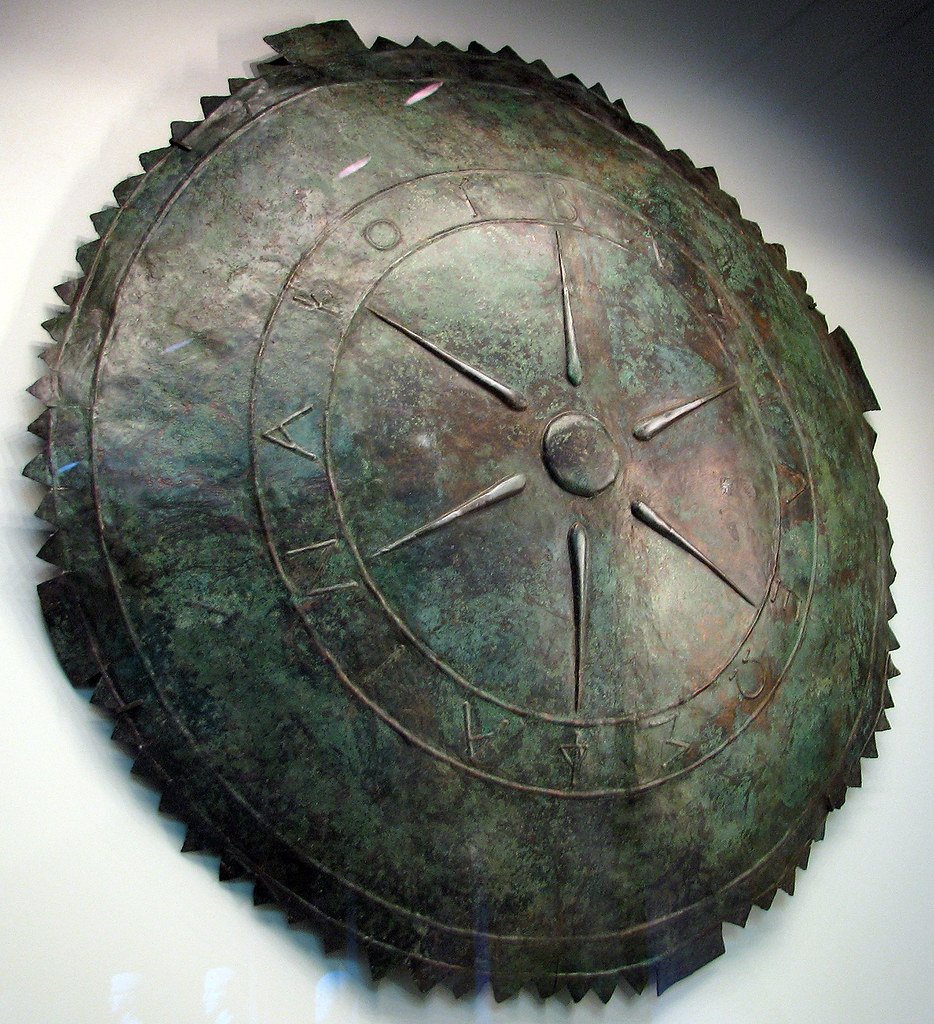
The hoplon shield was held by a central grip and a forearm strap, allowing the soldier to maneuver it effectively. Soldiers would interlock their shields, creating a nearly impenetrable barrier for both themselves and their comrades. This tactic, known as the phalanx, provided a solid wall of protection while advancing toward enemy positions or defending against incoming attacks.
Mantlets, on the other hand, were larger mobile barriers explicitly used during sieges. These were wheeled or carried structures made of wood and covered with animal hides or other materials. Soldiers used mantlets to approach fortifications, shielding themselves from projectiles or enemy fire, allowing them to get closer to walls or engage in combat undercover.
The use of such shields and protective barriers exemplified the Greeks’ strategic prowess, emphasizing both individual and collective defense, and played a crucial role in their success on the battlefield, contributing significantly to their legendary status in ancient warfare.
Battering Beams and Hooks
Attackers in ancient warfare employed specialized tools designed for breaching fortified defenses, aiming to exploit weaknesses in walls or gates. Among these tools were battering beams and hooks, instrumental in siege warfare for their effectiveness in breaching fortifications.
Battering beams were sturdy, often wooden, implements utilized to exert force against gates or walls, seeking to weaken or break them down through repeated impacts. These beams were manipulated by groups of soldiers, who coordinated their efforts to ram the structure and breach the defenses.
Hooks were essential accessories attached to these beams, ropes, or similar devices, explicitly designed to latch onto fortifications. Once secured, these hooks provided the leverage needed to either pry open gates by pulling or tear down sections of walls by applying force. The hooks, sometimes reinforced with metal, enabled attackers to create breaches in the defenses, allowing entry for the assaulting troops.
Combined with other siege weaponry and tactics, these battering beams equipped with hooks played a crucial role in breaching fortifications during ancient sieges. They represented the determination and ingenuity of attackers striving to overcome formidable defenses, marking pivotal moments in the outcomes of battles and sieges throughout history.
Sieges in Ancient Greece epitomized prolonged conflicts characterized by a diverse array of weapons and tactical maneuvers. The strategies employed by besiegers and defenders were contingent upon numerous factors. Available resources, including weaponry and manpower, influenced the approach taken. The defending force’s size and the strength of city fortifications determined the feasibility of certain tactics.
Military tactics of the time heavily influenced siege strategies. Besieging armies leveraged innovative weaponry like battering rams, catapults, and trebuchets to breach fortifications, while defenders utilized countermeasures such as mining, Greek fire, and strategic positioning to repel attacks. Adaptation was key; both sides evolved their tactics in response to the changing dynamics of the siege.
Ultimately, the outcome of a siege hinged on a delicate balance of resources, technological innovation, and strategic prowess, shaping the narrative of ancient conflicts in Greece.





